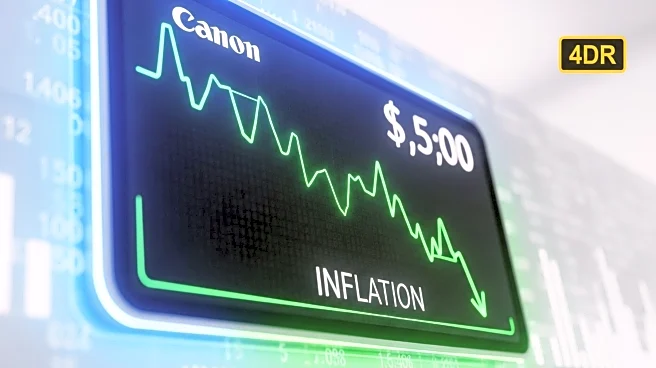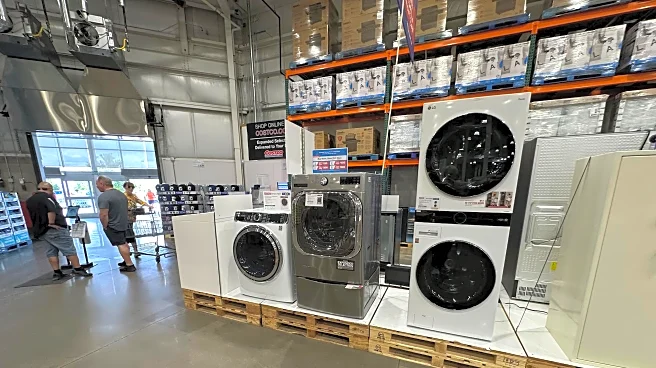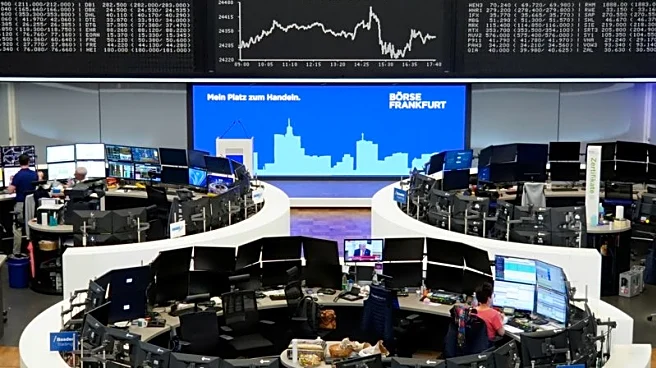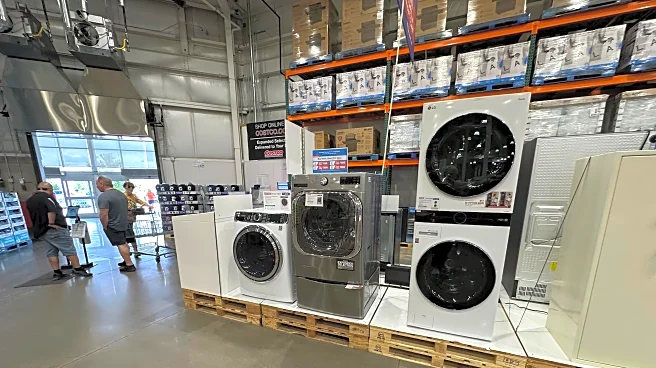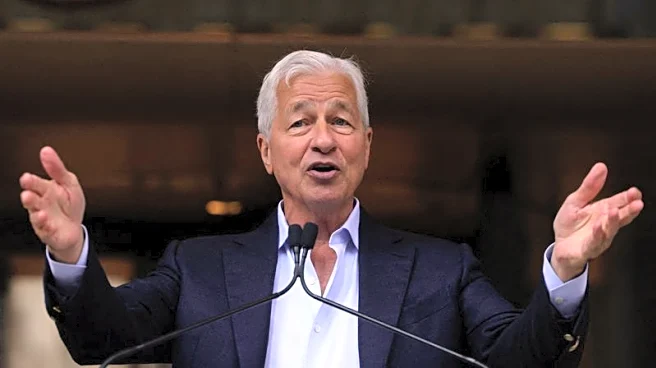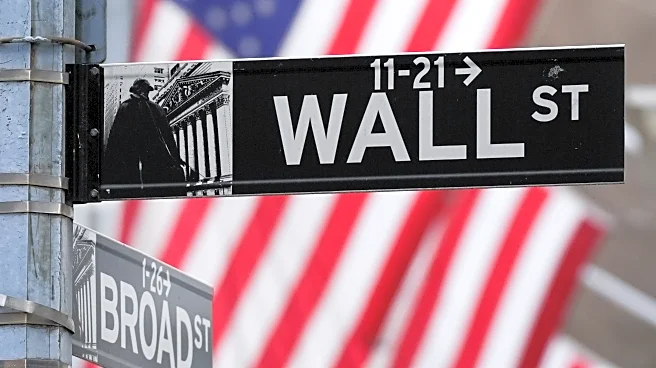What's Happening?
The Labor Department announced that the U.S. producer price index (PPI) fell by 0.1% in August, marking a deceleration in wholesale inflation following a 0.7% increase in July. This decline was primarily driven by a 0.2% reduction in wholesale services prices, attributed to smaller profit margins at retailers and wholesalers. The annual PPI rate slowed to 2.6% from 3.1% in July. The report suggests that companies may be absorbing the costs of tariffs imposed by President Trump on imports. The wholesale price report precedes the release of the consumer price index (CPI), which is expected to show a slight increase in consumer price inflation.
Why It's Important?
The unexpected drop in producer prices could influence the Federal Reserve's decision to cut interest rates, as it indicates a potential easing of inflationary pressures. This development is significant for businesses and consumers, as it suggests that tariffs have not yet led to widespread price increases. Economists are closely monitoring these trends, as they could impact economic growth and consumer spending. The report also highlights the role of wholesale prices as an early indicator of consumer inflation, which is crucial for economic planning and policy decisions.
What's Next?
The Federal Reserve is likely to consider this data in its upcoming decision on interest rates, with a potential rate cut anticipated. Economists and investors will be watching for the release of the consumer price index to gain further insights into inflation trends. Businesses may continue to absorb tariff costs, but there is a possibility that these costs could be passed on to consumers in the future, affecting consumer prices and spending.
